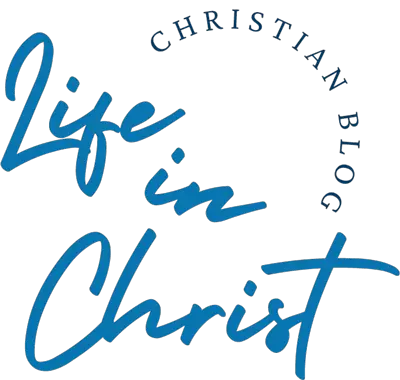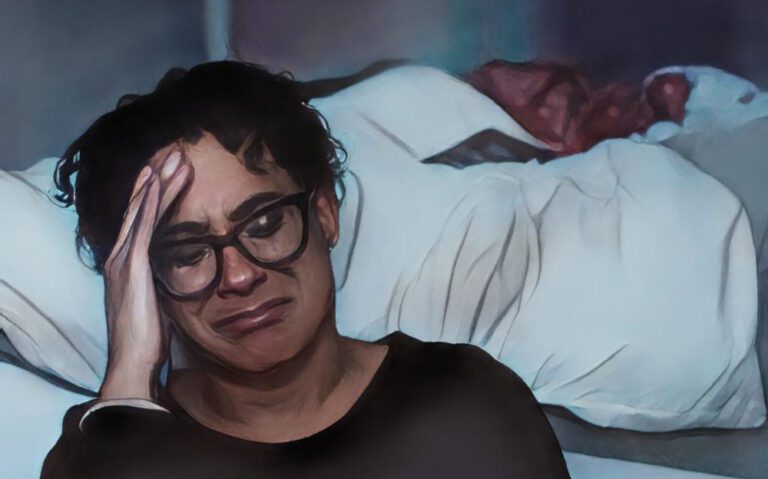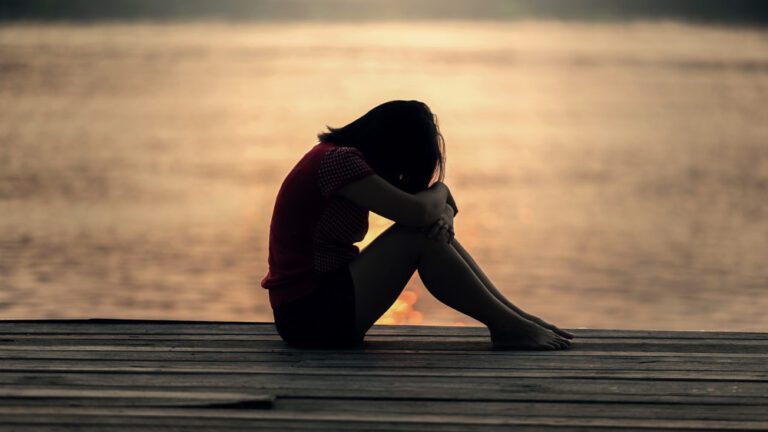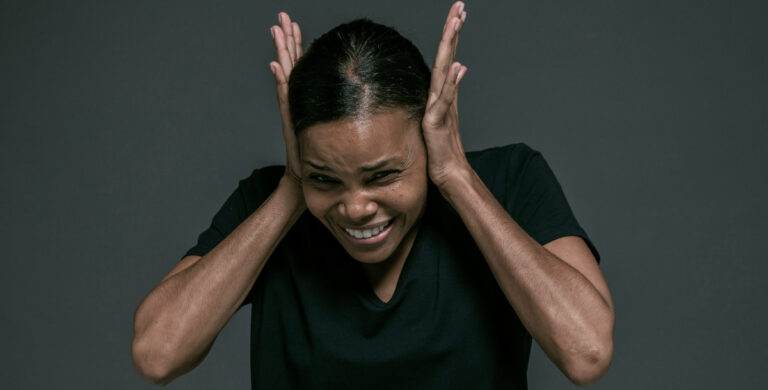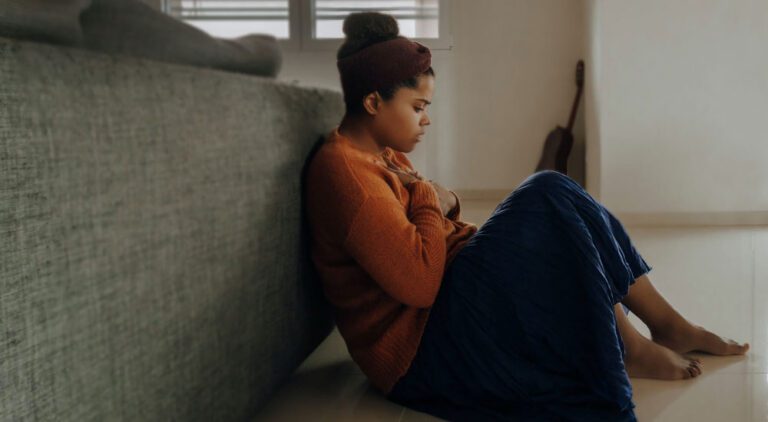The following is a personal testimony based on a true story. All names, locations, and other identifying information have been changed to ensure the safety and privacy of the individuals involved.
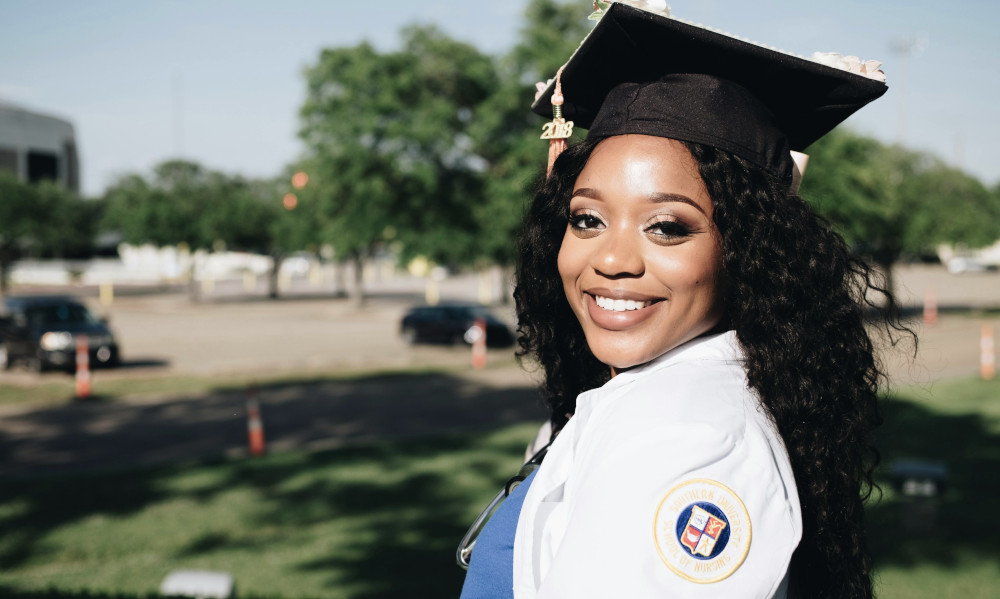
It’s 5 AM in rural Kenya, 1979. People are crossing a river on their way to work when they hear strange sounds. They see movement near the water’s edge.
What they discover is shocking – a newborn baby, wrapped in a towel, placed on a rock by the rushing water.
That baby was me – Mary. My story proves that your beginning doesn’t determine your ending.
Key Takeaways
- Age is just a number: Mary returned to high school at 40 and is now completed her bachelor’s degree at 47.
- Forgiveness heals the forgiver: Her breakthrough came when she chose to forgive those who hurt her.
- Community support matters: Many strangers intervened to save her life and education.
- Mental health struggles are temporary: With proper support, even severe depression can be overcome.
- Education transforms lives: Going back to school gave Mary purpose and hope for the future.
- Sharing your story helps healing: Opening up about trauma begins the recovery process.
Growing Up Different: The Early Warning Signs
Mary spent her childhood in rural Kenya, believing she was the only daughter in a family of four brothers. But something felt wrong from the start.
While her brothers enjoyed family outings during Christmas, she stayed home alone tending cattle. When special meals were prepared, she cooked them but was not allowed to eat them. The inequality was stark and painful.
“I expected a lot of love from the parents considering the fact that I was the only daughter,” she shared. “They didn’t have another girl.”
By age 8, Mary began questioning her place in the family. The mistreatment was obvious. Her supposed siblings threatened her constantly, saying they’d have her “chased away from our home” if she complained.
The age discrepancy with her “twin brother” raised more questions. Born in August while he was born in September, they attended the same class but different schools – he in boarding school, she in the village school.
Fear silenced her questions. That fear would haunt her for years.
Academic Excellence Despite Emotional Trauma
Despite her circumstances, Mary excelled academically. She scored 472 out of 700 marks in her KCPE exams – a remarkable achievement that should have guaranteed her place in secondary school.
Instead, her family hid her admission letter.
They used their resources to find a good school for her less-accomplished “brother” while leaving Mary at home. For three months, they locked her the house. The community expected her to be in school, and her family didn’t want questions asked.
Then a retired teacher found out and intervened. The community and church mobilized resources. They gave her old uniforms, no shoes, no sweater, but they gave her hope.
Mary reported to school three weeks before the term ended. With borrowed books and determination, she managed a C+ grade – remarkable considering she missed most of the term.
Her family’s response? “You have disappointed us. You have embarrassed us.”
The Breaking Point: Truth and Trauma
At 16, after years of abuse and mistreatment, Mary learned the truth. Her supposed older brother and his friends sexually assaulted her one afternoon. The family finally revealed her origins.
She had been abandoned by the river as a newborn. Her biological mother had wrapped her in a towel, placed her on a rock and left her. Someone found her and took her to the hospital. For nine months, she lived in the hospital while authorities waited for someone to claim her. No one ever came.
One of the nurses took her home, and that’s where Mary grew up. Nobody told her she was adopted. And she did not understanding why she was treated differently by her adopted family.
“I could not understand why they had to wait until their son defiled me to tell me that I was not their daughter,” she reflected.
The revelation shattered her world. At 16, she walked away from the only home she’d known.
Survival and Self-Reliance
That night, Mary walked 15 miles through forests to escape. She arrived in a town exhausted and hungry, wearing only her nightdress and slippers.
A kind woman found her at her gate at 6 AM. Instead of turning her away, she provided food, clothes, and shelter. Mary stayed with this family for seven years, working as a house help while processing her trauma.
In 2002, she started her own restaurant. The business flourished. She added a butchery and barber shop. Success seemed within reach.
But trauma leaves scars. Trust didn’t come easily. Bitterness consumed her thoughts. She even considered revenge against those who had hurt her.
“There was that spirit, that evil spirit that was always telling me you should revenge, you should kill these people,” she admitted.
Financial Ruin and Mental Health Crisis
In 2009, a friend asked Mary to guarantee a bank loan. The friend promised to repay within a month. Instead, she took $100,000 and fled.
Mary became responsible for the debt. Her business crumbled. The bank seized everything: chairs, TVs, equipment, even her bed.
The community rallied to help her, but Mary told them to let the bank take everything. She preferred starting from zero to fighting a hopeless battle.
That’s when suicidal thoughts began. With no family to return to, no business, and no hope, death seemed like the only option. In 2011, Mary attempted suicide. She walked 10 miles deep into the woods, wanting to die where no one would find her body.
But timber cutters working illegally at night discovered her unconscious. They recognized her and rushed her to the hospital.
God had other plans.
The Power of Sharing Your Story
After recovering, Mary found work with a former employee who had started her own business. The role reversal was humbling – the former boss now worked for her previous staff member.
Depression and substance abuse followed. Violence became her default response to stress. Police officers suggested counseling.
In 2016, facing another business collapse, Mary wrote a lengthy suicide note. For the first time, she documented her entire story – from abandonment to abuse to business failure.
A neighbor found the letter and raised an alarm on social media. People began searching for Mary, who had traveled with poison, planning to end her life.
Someone who knew her spotted her walking along the road. They forced her into a vehicle, took her to a hotel, and eventually to a medical facility where she received proper treatment.
The Turning Point: Connection and Hope
Through social media, Mary’s story reached a pastor in the United States. That phone conversation changed everything.
“From today your life is never going to be the same again,” the pastor told her.
The pastor sent money for Christmas, paid her rent arrears, and connected her with other supporters. For the first time in years, Mary felt hope.
In January 2019, she made a decision that surprised everyone: “I want to go back to school.”
At 40, she wanted to complete her high school education.
Back to School at 40: Rewriting Her Story
In March 2019, Gladys enrolled in Form 3 at a boarding school. Sleeping in dormitories with 13 and 14-year-olds, sharing bathrooms with teenagers, she pursued her dream.
The principal was moved to tears, offering her accommodation in staff quarters. Mary declined.
“I have come here to write my story, and please treat me like a student,” she insisted.
She was older than most of her teachers, but she was determined. Local politicians and community members supported her journey, fascinated by her determination.
In 2021, she completed her KCSE exams. Mary enrolled at a nearby University.
University Success and Future Plans
With only $50, Gladys enrolled in a certificate program. A librarian who had read her story helped organize a WhatsApp group to raise funds.
The vice-chancellor was so moved by her story that he awarded her a scholarship for diploma studies. She graduated in December 2023.
She proceeded to apply for a bachelors degree course and graduated in 2025. She’s now considering pursing a Masters degree and thereafter a PhD.
“When you let God be the main character in whatever you are doing, it must work,” she says.
The Healing Power of Forgiveness
The turning point in Mary’s healing wasn’t education or success – it was forgiveness.
“The moment you forgive, the moment you let go, there is a way you feel calm, there’s a way you feel a lot of peace,” she explained.
Bitterness had prevented her from praying despite being a Christian. When she chose to forgive those who had hurt her, everything changed.
“The day I forgave those who hurt me my life changed completely.”
Lessons for Life: What Mary Teaches Us
1. Determination Overcomes Age Barriers
At 40, Mary could have accepted that education was behind her. Instead, she chose to rewrite her story. Age became irrelevant when purpose was clear.
2. Humility Opens Doors
Working for her former employee required tremendous humility. That humility, however, provided stability during her transition back to education.
3. Community Support Matters
From the retired teacher who helped her access high school to the pastor in America who supported her dreams. Mary’s story is filled with strangers who became angels.
4. Mental Health Struggles Are Survivable
Mary attempted suicide twice. With proper intervention and support, she not only survived but thrived. Mental health challenges don’t define your future.
5. Sharing Stories Helps Healing
Keeping trauma secret gave it power over Mary’s life. Opening up began her healing process and inspired others facing similar challenges.
Current Impact and Future Vision
Today, Mary is a University graduate. Her story has inspired thousands through social media.
She’s become an advocate for abandoned children, survivors of abuse, and non-traditional students. Her journey proves that it’s never too late to pursue dreams.
Taking Action: How You Can Help
Mary’s story reminds us that we all have the power to be someone’s miracle. Whether it’s supporting abandoned children, funding education for non-traditional students. Or simply being kind to someone in crisis, our actions matter.
If you’re struggling with thoughts of self-harm, please reach out for help. Mental health professionals, trusted friends, or crisis helplines can provide the support you need.
Your story isn’t over. Like Mary, you can rewrite your narrative at any age.
Frequently Asked Questions
Q. What happened to the people who abused Mary?
A. The testimony doesn’t provide specific details about consequences for her abusers. Mary chose the path of forgiveness as part of her healing process, which she credits with transforming her life.
Q. What were the warning signs of Mary’s suicidal thoughts?
A. Social isolation, substance abuse, increased violence, depression and feelings of hopelessness. If you notice these signs in someone, encourage them to seek professional help immediately.
Q. How long did it take Mary to complete her university education?
A. She started with a certificate program in 2021, followed by diploma in 2023, and is finished her bachelor’s degree in 2025. Approximately 4 years total for all three levels.
Q. What role did faith play in Mary’s recovery?
A. Faith was central to her healing process. She credits God with saving her life many times. She believes that letting “God be the main character” in her story was key to her success.
